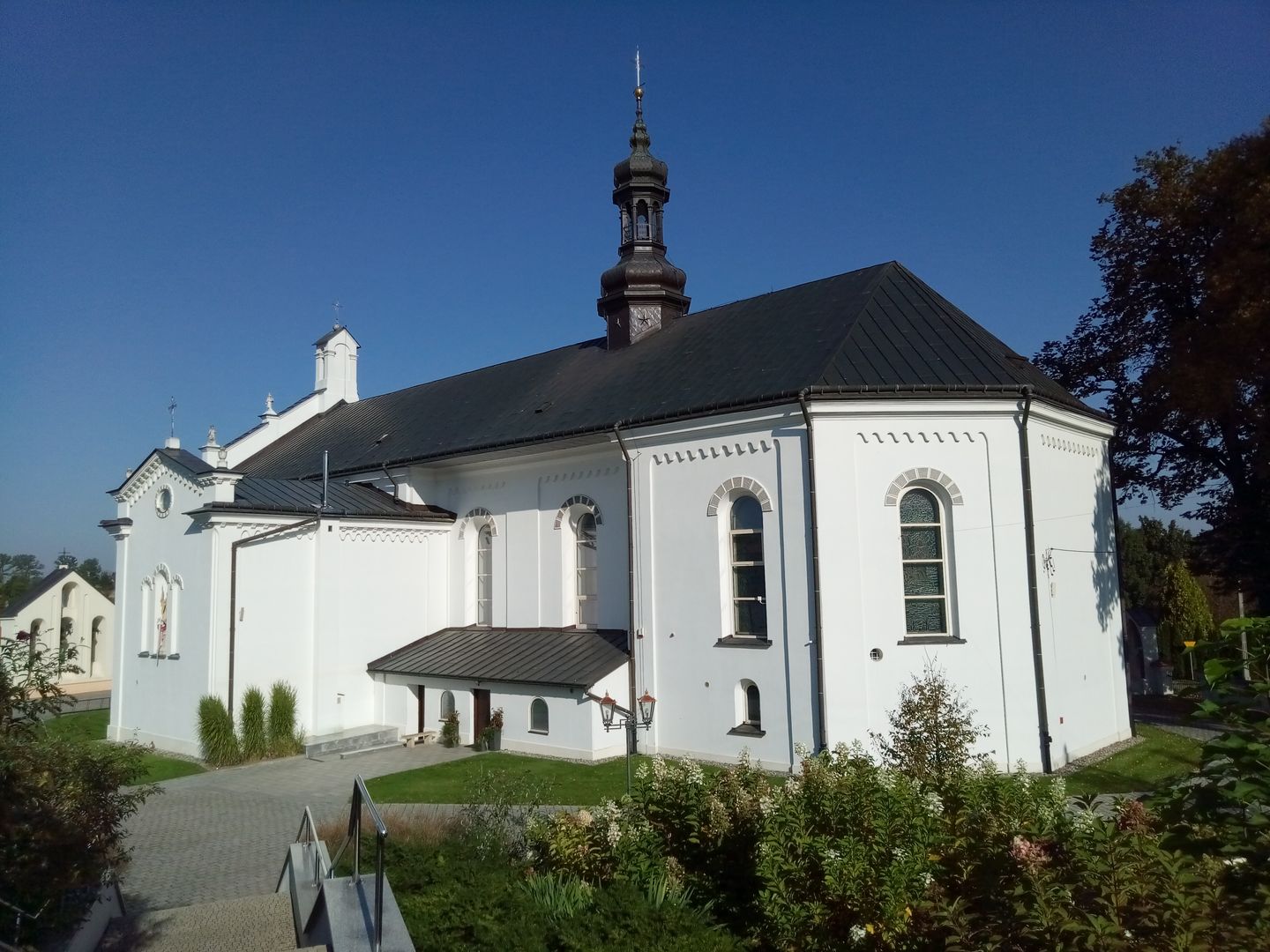Grodzisko Dolne
6.1

Overview
Grodzisko Dolne is a village in Poland, located in the Podkarpackie Voivodeship, in Leżajsk County, known for its rich history and unique folklore. Situated on the edge of the ethnographic regions of Lasowiacy, Łańcut, and Przeworsk, the village features a diverse landscape where the flat plains of the Lower Wisłok Valley contrast with the hills of the Kolbuszowa Plateau. An interesting feature is the artificially enlarged "Czyste" pond, a popular bathing spot. Grodzisko Dolne has a long history, dating back to 12,000 BCE, with continuous settlement from the 6th–5th centuries BCE. The village was first mentioned in historical sources in 1515. Over the centuries, it was owned by noble families, and in 1664, a weavers' guild was established here. In 1910, a peasant orchestra was formed, and during the interwar period, social and commercial activities flourished. Grodzisko Dolne is home to the Parish Church of St. Barbara, built in an eclectic style with rich interior furnishings dating from the turn of the 19th and 20th centuries. Next to the church stands a bell tower from 1892, as well as numerous chapels, which are an important element of local architecture. The village hosts various cultural events, such as Grodzisko Days and the Parade of Tomb Guards. Many notable figures were born here, including ethnographer Józef Burszta and painter Ilex Beller. With its rich folklore, history, and preserved monuments, Grodzisko Dolne is becoming an increasingly interesting destination for tourists and cultural researchers.
Location
2025 Wizytor | All Rights Reserved